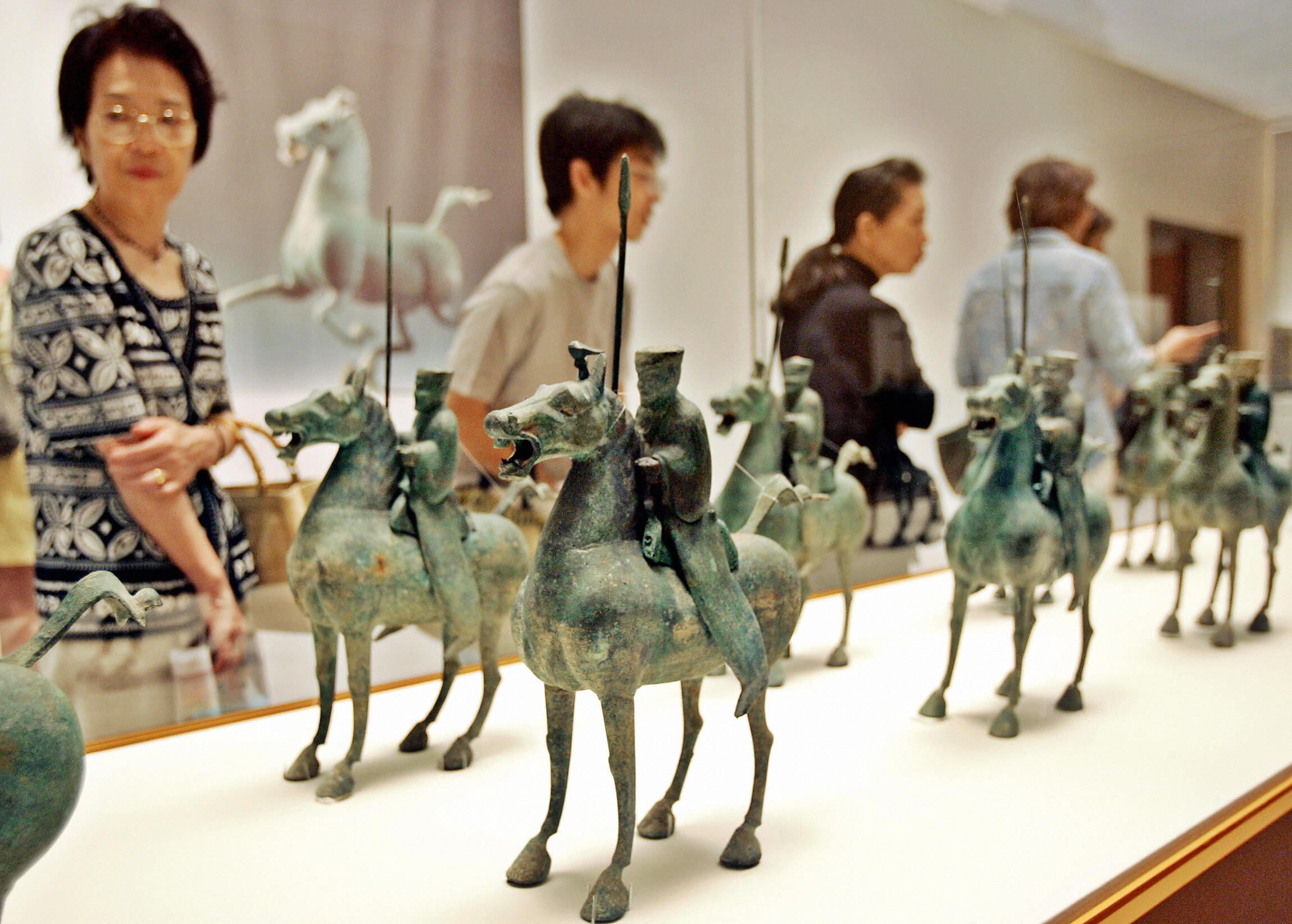
Archaeologists have discovered the remains of three people in a tomb, one of which has been identified as one of China's most famous war generals.
In Anyang City in the Henan province of China, researchers have found a large underground tomb dating back to the year 220, according to Taiwan News. One is believed to have belonged to Cao Cao, a Chinese warlord who rose to power at the end of the Eastern Han Dynasty. The two other bodies are of women who died around the ages of 20 and 50.
The site tells an interesting story of ancient burial practices. While Cao Cao was highly revered and respected in his time 1,800 years ago, the tomb doesn't include much written information, nor fancy markers that would make his identification easier. There is evidence that there was once an elaborate cemetery, though. Historians believe that Cao Cao's son intentionally razed the cemetery and cleared out the debris in order to better hide his father's remains.
This could have been to make it harder for looters to understand the importance of the grave they may come across, or to not call attention to it, lest opponents find and desecrate the tomb. Cao Cao had left a will explicitly asking that he be buried in an unmarked site, so destroying the marks would have been fulfilling his wishes.
Cao Cao Could Not Hide Forever: Remains Finally Confirmed As #Chinese Warlord https://t.co/dTvCSUkOFk pic.twitter.com/9Shy6PAjrm
— Ancient Origins (@ancientorigins) March 27, 2018
However, there was still some evidence that this was Cao Cao's tomb, including a stone tablet that is said to have come from the site. The tablet, which scientists seized in 2009, bears the name "King Wu of Wei," one of Cao Cao's titles.
Still, the underground mausoleum was enormous and fit for an emperor. Archaeologists excavated the site in 2016 and 2017 and recently made their results public, according to Thai news site The Nation. The two women have not been identified, but neither could have been his wife, who died in her 70s. Archaeologists estimate the age by studying bone development and found that they were much younger women.
Uncommon Knowledge
Newsweek is committed to challenging conventional wisdom and finding connections in the search for common ground.
Newsweek is committed to challenging conventional wisdom and finding connections in the search for common ground.
About the writer
Kristin is a science journalist in New York who has lived in DC, Boston, LA, and the SF Bay Area. ... Read more
To read how Newsweek uses AI as a newsroom tool, Click here.








